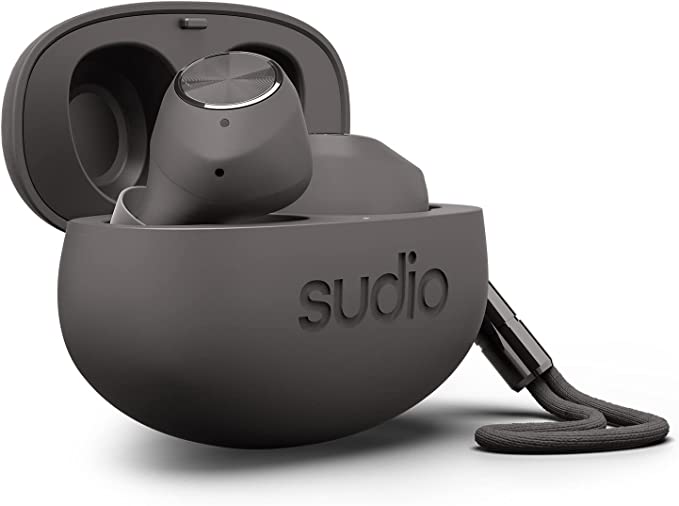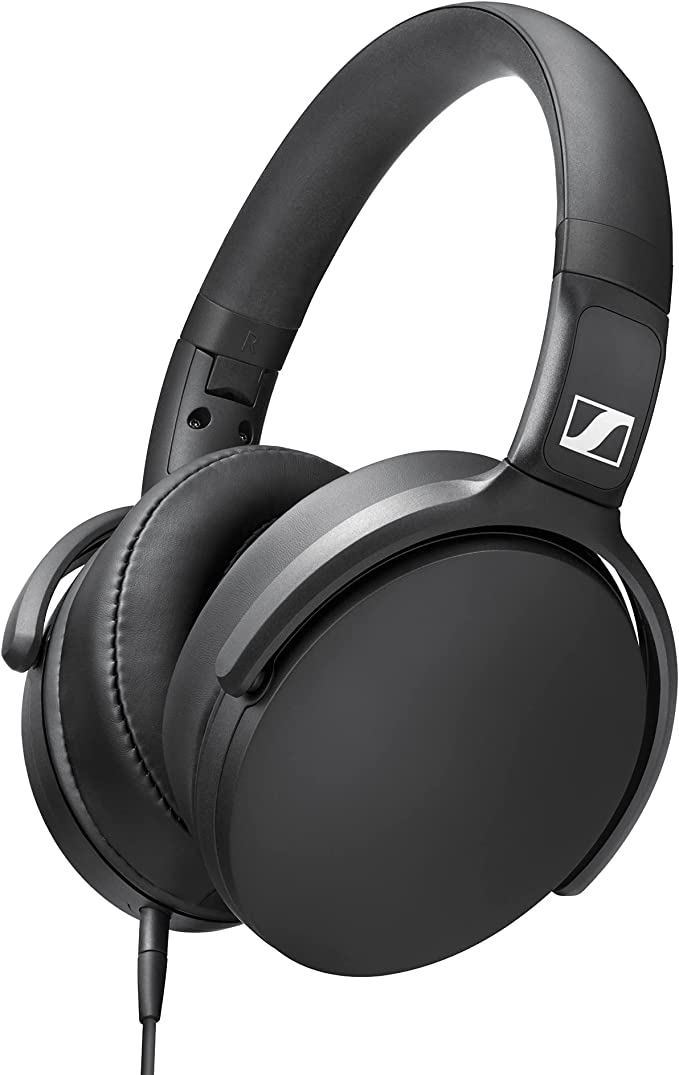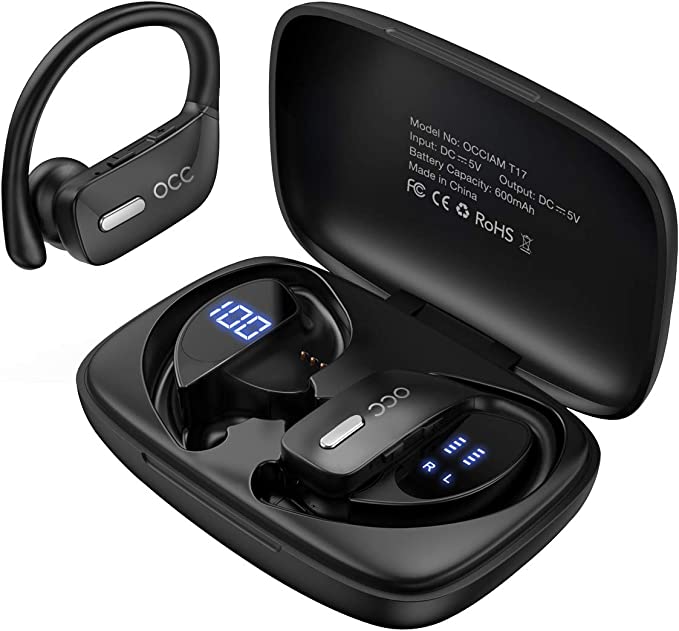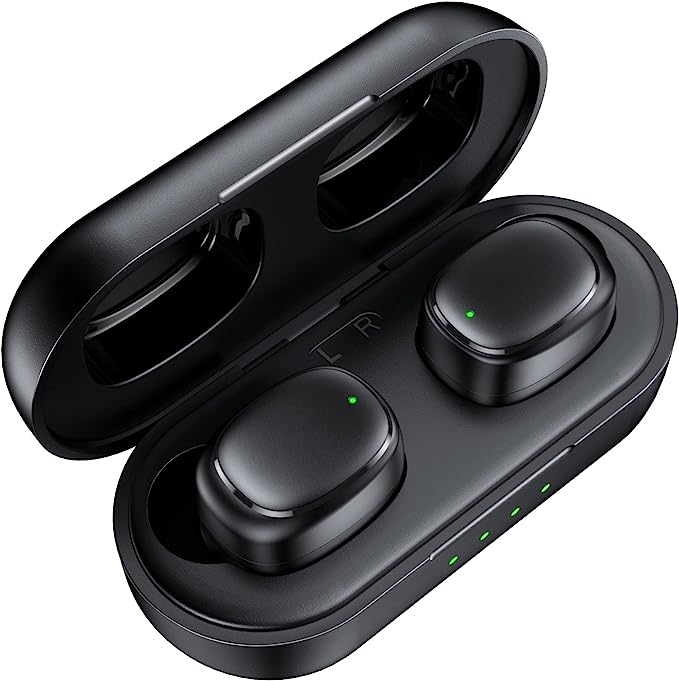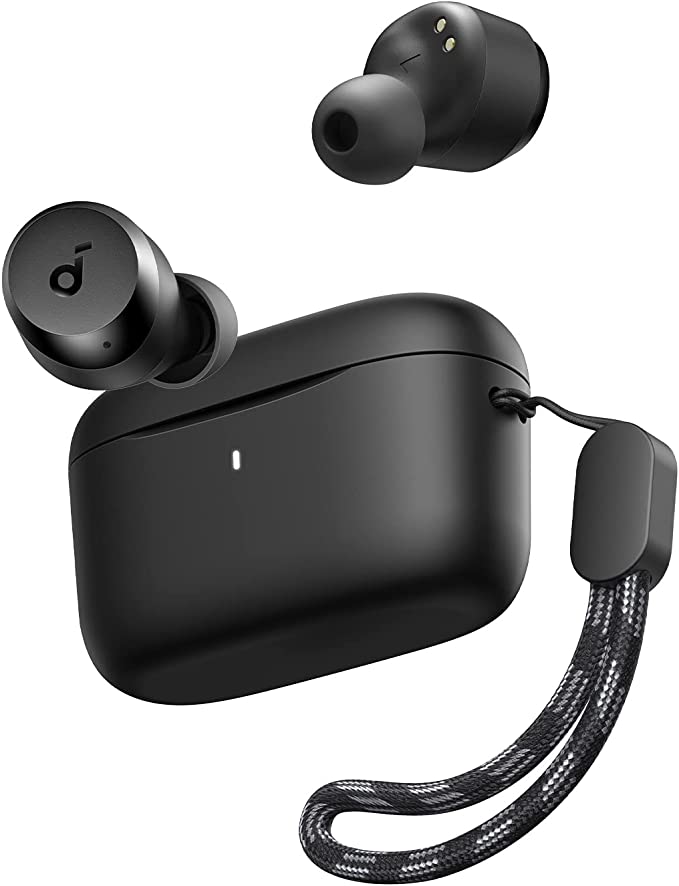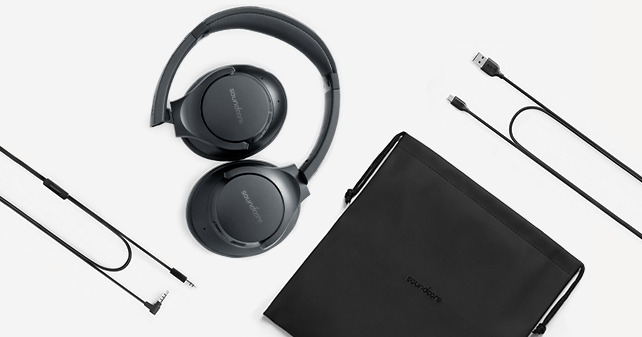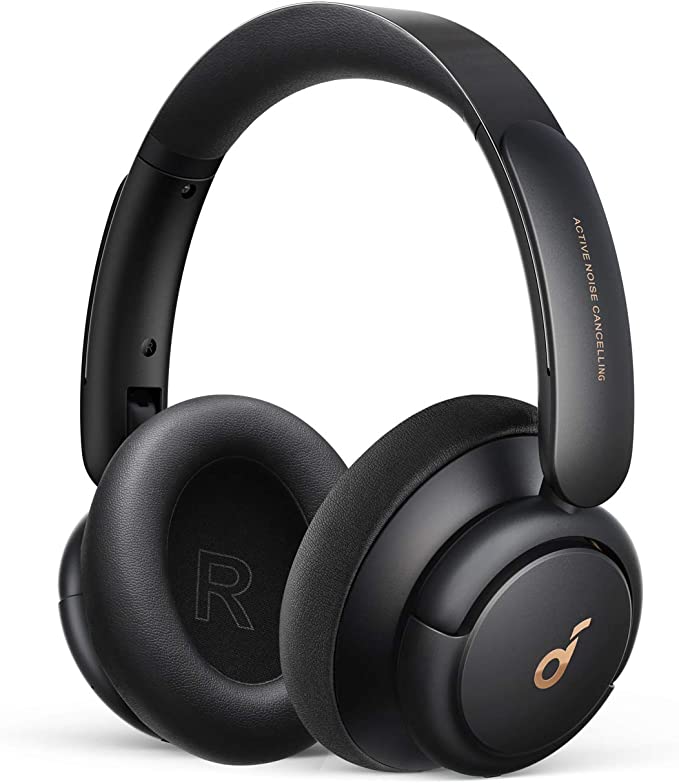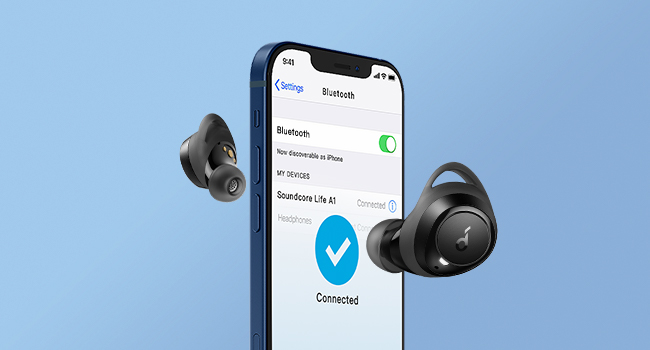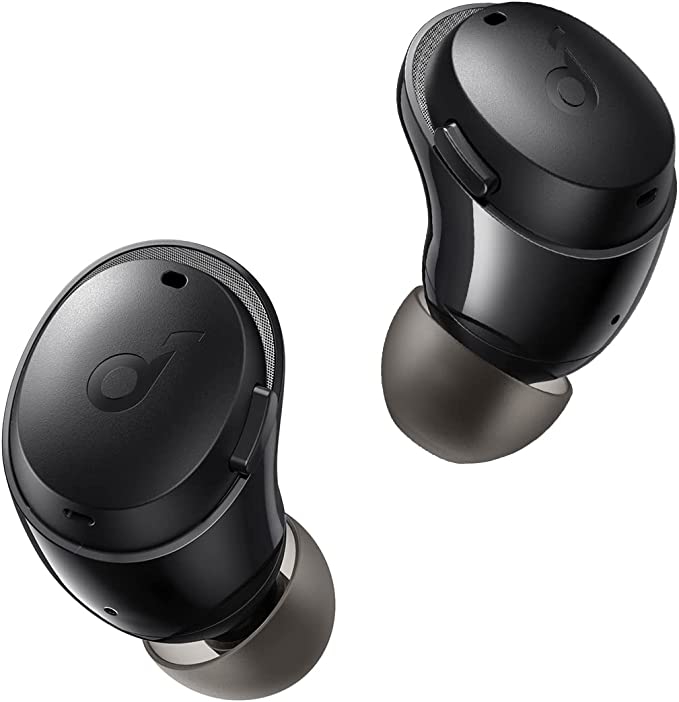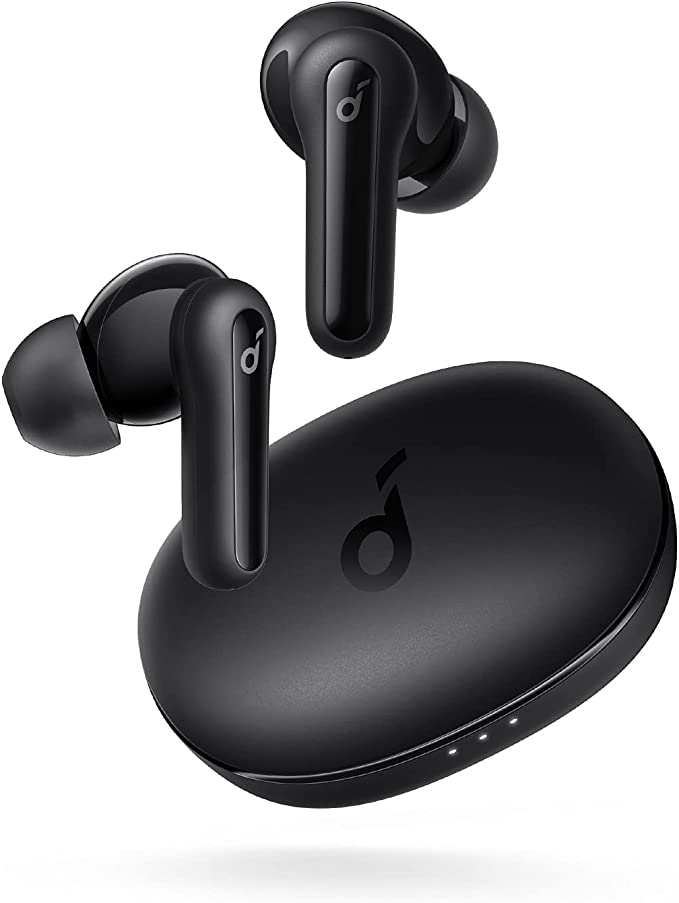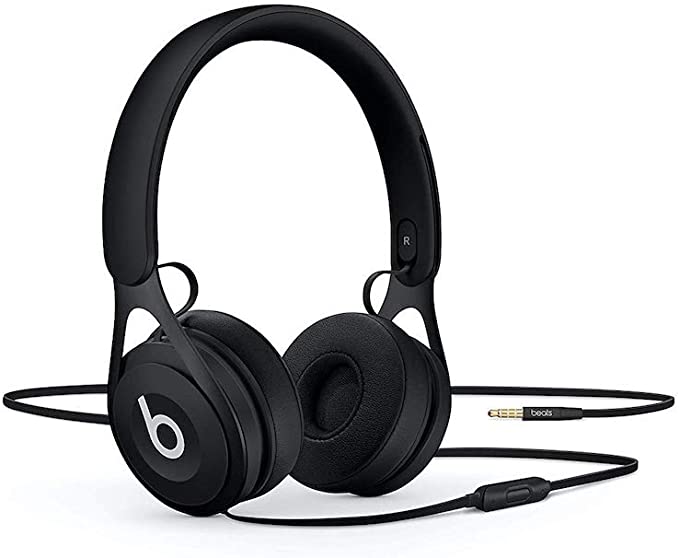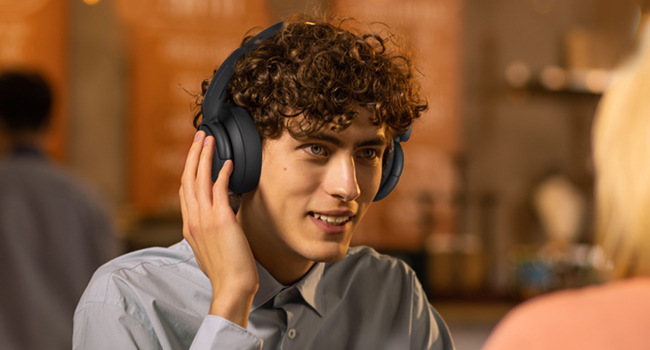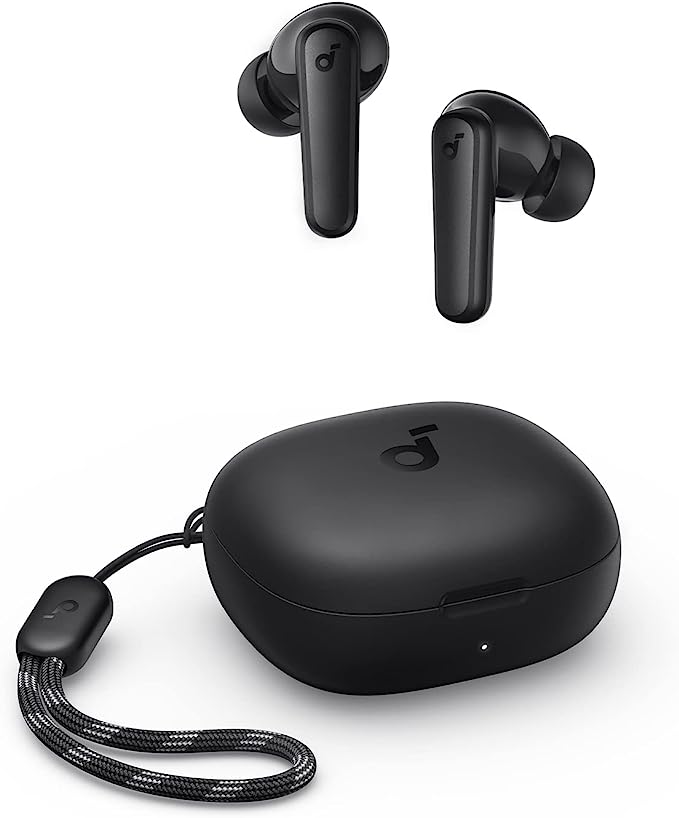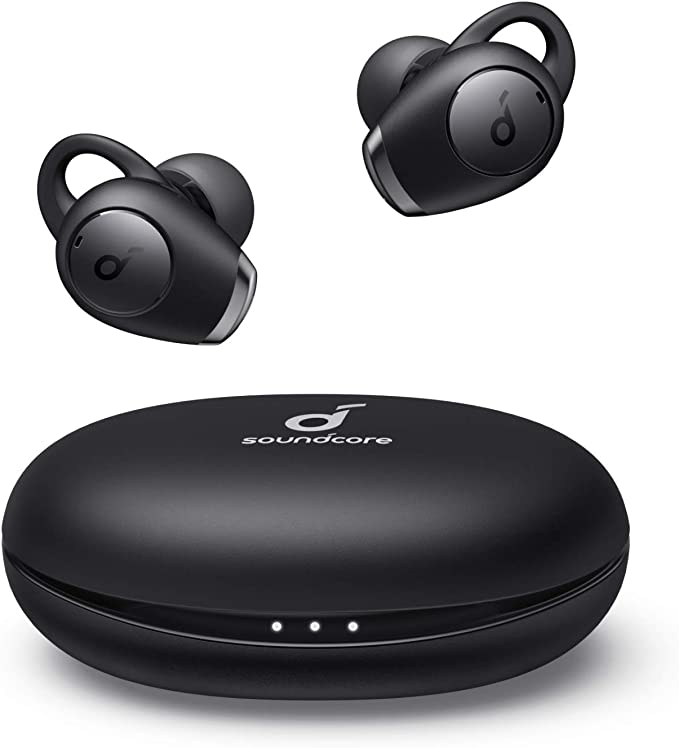Raycon RBH861 Gaming Headphones: Immersive Audio for Next-Level Gaming
Update on June 20, 2025, 6:07 a.m.
In the heart-pounding arenas of digital battlegrounds or the sprawling landscapes of virtual odysseys, what truly anchors us to these alternate realities? Flashing pixels tell part of the story, but it’s the unseen, unheard currents of sound that often dictate victory, evoke genuine emotion, and weave the intricate tapestry of immersion. Imagine stalking an opponent, the faintest rustle of leaves betraying their position, or feeling the satisfying thud of a perfectly landed ability. These are moments crafted by audio. But what alchemy of technology allows a gaming headset to become such a vital conduit? Today, we’re peering into the engine room of the Raycon RBH861 Gaming Headphones, exploring the science that aims to deliver not just sound, but a sharper, more responsive, and deeply felt gaming experience.

The Nanosecond Frontier: Decoding Wireless Freedom and the Quest for Zero Lag
One of the first liberating steps in modern gaming setups is cutting the cord. The RBH861 embraces this with a versatile wireless arsenal: a dedicated 2.4GHz connection via its USB-A adapter and the widely adopted Bluetooth 5.0. Think of the 2.4GHz connection as your private, high-speed lane on the information highway. By operating on a dedicated frequency band, often with proprietary protocols, it sidesteps the potential congestion that can affect standard Bluetooth, which juggles signals from your phone, smartwatch, and who-knows-what-else. This direct pathway is paramount for gamers because it’s engineered for one primary goal: minimizing latency and ensuring a stable, uninterrupted flow of audio. It’s the kind of connection you want when a millisecond can mean the difference between a triumphant victory or a frustrating respawn.
Then there’s Bluetooth 5.0, the jack-of-all-trades in wireless audio. Compared to its older siblings, Bluetooth 5.0, as standardized by the Bluetooth Special Interest Group (SIG), generally offers improved range, faster data transfer capabilities, and more efficient power consumption. This makes it ideal for when you want to pair the RBH861 with your mobile for some “Vibing” to your favorite tunes, dive into AR/VR experiences, or enjoy a casual game on a tablet. The beauty of offering both is flexibility – the right tool for the right digital adventure, across PCs, Macs, PlayStation, Switch, Meta Quest 2, and mobile devices, though specific console compatibilities can vary (Xbox, for instance, often requires wired connections or proprietary wireless adapters for full chat functionality, and the RBH861 notes an adapter is included for PS4/PS5 and Switch, with Xbox Series requiring a separate one).
Now, let’s talk about a figure that Raycon highlights: “45ms Ultra-Low Latency.” What does this actually mean for your ears and your game? Audio latency is the almost imperceptible, yet sometimes critically frustrating, delay between an event happening on your screen and the corresponding sound reaching your eardrums. Imagine seeing an explosion, and then, a fraction of a second later, hearing the boom. It’s like watching a poorly dubbed movie – distracting at best, game-breaking at worst. For context, human perception for audio-visual synchronization is incredibly acute; many people can start to detect asynchrony when delays creep above 20-30 milliseconds, though for gaming, anything under 60ms is often considered good for wireless, and under 20ms is ideal. So, a 45-millisecond (ms) latency, as claimed for the RBH861 (likely via its 2.4GHz connection), is a commendable target in the wireless headset realm. It’s striving to keep that delay below the threshold where it becomes a noticeable “ghost in the machine,” ensuring that the crack of a sniper rifle or the roar of an engine feels perfectly synced with the visual action. Raycon’s “HyperSync Low Latency” branding underscores this commitment to shrinking that gap between sight and sound.

Crafting Your Sonic Universe: From Surround Sound to Personalized Atmospheres
Speed is one thing; the richness and dimensionality of sound are another. The RBH861 boasts of “four speakers” (which most likely refers to two distinct audio drivers within each earcup, a common design to handle different parts of the sound spectrum more effectively) engineered to deliver “deep surround sound.” The fundamental goal of surround sound in headphones isn’t about cramming more physical speakers around your head, but rather about clever acoustic engineering and digital signal processing (DSP). It’s about tricking your brain. Our brains determine sound directionality using subtle cues like Interaural Time Differences (ITD – when sound reaches one ear slightly before the other) and Interaural Intensity Differences (IID – when sound is slightly louder in one ear). Headphone surround sound algorithms manipulate these cues in the audio signal to create the illusion of a 360-degree soundscape, making you feel like sounds are coming from specific points all around you. In a tense shooter, this means being able to pinpoint the direction of approaching footsteps or the origin of distant gunfire, transforming audio from a passive backdrop into a vital tactical tool.
Further tailoring your auditory experience, the RBH861 offers three “Personalized sound” profiles: Gaming mode, AR/VR mode, and Vibing mode. This is where the science of Equalization (EQ) comes into play. Think of EQ as a sophisticated set of controls for an artist’s palette, but for sound frequencies. An equalizer allows for the boosting (amplifying) or cutting (attenuating) of specific frequency bands. So, “Gaming mode” might, for example, subtly enhance the higher-mid frequencies where crucial in-game cues like footsteps, character dialogue, or ability activations reside, while perhaps slightly taming overwhelming bass that could muddy these details. “AR/VR mode” might aim for a more balanced and spatially accurate sound profile to complement visual immersion. “Vibing mode,” designed for music, would likely adopt a more V-shaped EQ, boosting the low-end bass for punch and the high-end treble for clarity and sparkle, making your favorite tracks come alive. It’s about sculpting the sound to best fit the moment.

Beyond Hearing: When Your Ears Start to Feel the Game
Raycon takes immersion a step further with a feature that engages more than just your auditory sense: Haptic Vibration. This isn’t just a gimmick; it’s an attempt to create a more profound multi-sensory experience. Specialized transducers within the earcups are designed to react to specific low-frequency audio content – the deep rumble of an explosion, the growl of a V8 engine, the shockwave of a giant’s stomp. These audio signals are translated into physical vibrations that you can actually feel. It’s akin to the satisfying thump you get from a subwoofer at a concert, or the targeted feedback from a modern gaming controller, but delivered directly to your head. Raycon mentions their engineering team “focused on enhancing the acoustic frequency range of common video game sounds,” suggesting a deliberate tuning to make these haptic responses coincide with impactful in-game moments. When the ground shakes on screen and you feel a corresponding tremor through your headset, the line between the virtual and the real blurs just a little bit more.
Of course, in many games, especially team-based ones, clear communication is as vital as hearing the enemy. The RBH861 features a “Retractable HD Mic.” The “HD” (High Definition) designation typically implies a microphone designed to capture a wider range of voice frequencies, resulting in a more natural, less “tinny” or muffled sound for your teammates. The claim that it “focuses on your voice and blocks out nearby noise” strongly suggests a directional pickup pattern, most likely cardioid. A cardioid microphone is most sensitive to sound coming from directly in front of it (your mouth) and actively rejects sound from the sides and rear (like keyboard clatter or background chatter). This is a fundamental principle in microphone technology for isolating a sound source. And the retractable design? That’s pure practicality – deploy it for battle comms, then tuck it away neatly when you’re just enjoying a solo adventure or listening to music, maintaining a sleeker profile.

The Marathoner’s Gear: Sustained Power and Enduring Comfort
All this wireless wizardry and immersive tech would be short-lived without the stamina to back it up. The RBH861 advertises “26 Hours of Battery,” a figure that promises multiple long gaming sessions before you need to reach for the USB-C charging cable. This impressive longevity is a testament to advancements in Lithium-ion battery technology and the power efficiency of modern wireless chipsets and audio components. For a gamer, knowing your headset won’t die mid-raid or during a crucial ranked match provides invaluable peace of mind.
But even the most feature-packed headset is useless if it becomes uncomfortable after an hour. Ergonomics play a crucial role. The RBH861 utilizes an Over Ear (circumaural) design, meaning the earcups fully enclose your ears. This typically provides better passive noise isolation (blocking out some ambient room noise simply by creating a seal) and can contribute to a more immersive sound experience by creating a closed acoustic chamber around your ear. Raycon highlights “Honeycomb and breathable ear mesh pads.” The science here is about material choice and design for long-term wear. Breathable mesh fabrics allow for better airflow compared to solid leatherette, helping to dissipate heat and reduce moisture buildup – a common complaint with less thoughtfully designed headsets during intense, extended play. The honeycomb structure might refer to the pattern or the internal design of the padding, aiming for a balance of plushness and support, distributing pressure evenly to avoid sore spots.

The Symphony of Sync: Where Technology Meets Perception
Ultimately, the Raycon RBH861 Gaming Headphones represent an intricate symphony of carefully chosen technologies, all orchestrated with the goal of sharpening your in-game senses and deepening your connection to virtual worlds. From the relentless pursuit of near-zero latency in its wireless connections to the multi-layered immersion offered by surround sound and haptic feedback, and the practical necessities of clear communication and enduring comfort, each feature aims to remove a barrier between you and your game. It’s an endeavor that, at its core, aligns with Raycon’s stated mission of making “reliable, accessible, and delightful tech” more attainable. As audio technology continues its relentless march forward, headsets like the RBH861 remind us that the most profound digital experiences are often those that engage not just our eyes, but every sense we can bring to the virtual table, transforming simple sound into a powerful, almost tangible, extension of reality.
















